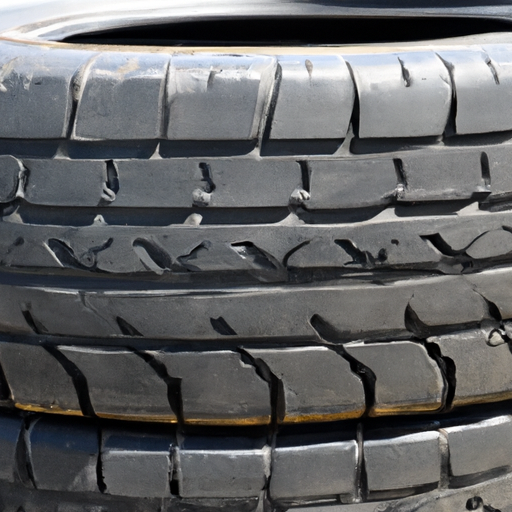You’re in for a treat! Get ready to see the tires spinning as we explore the exciting world of summer and track tires. Ever wondered what makes these two types of tires stand out? From their distinct features to the conditions they excel in, we’ll break it all down for you. So fasten your seatbelt, because we’re about to hit the road and discover the differences between summer and track tires!
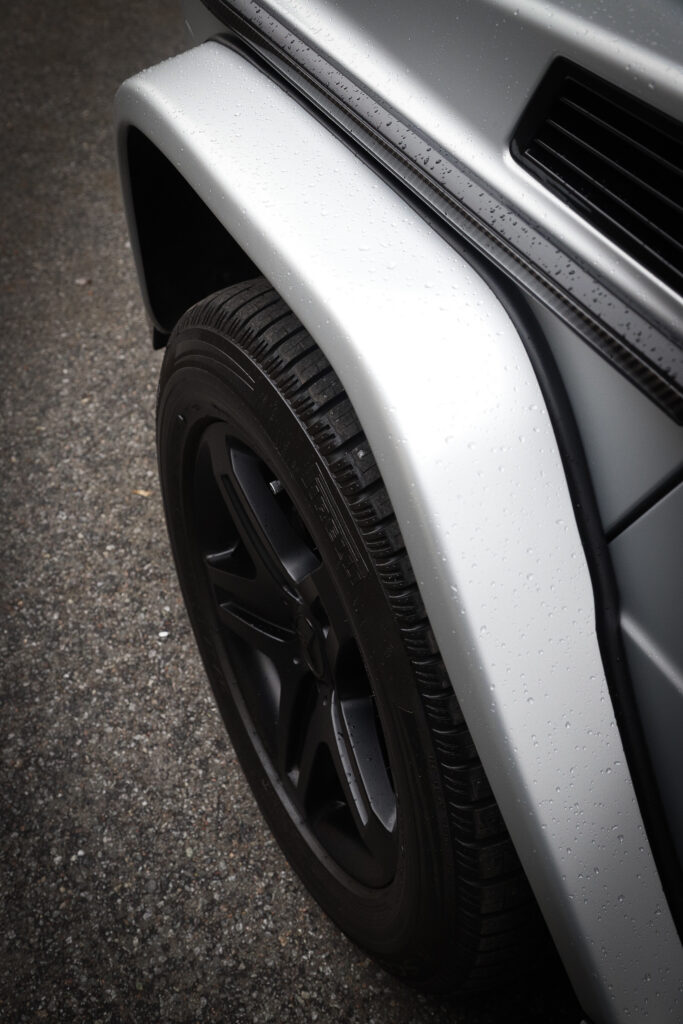
Tire Construction
Summer Tires
Summer tires are designed with a specific focus on performance during the warmer months of the year. These tires are constructed using a combination of different materials and technologies that optimize their grip and handling on dry and wet roads. Summer tires typically have a softer rubber compound, which allows them to provide better traction and grip in higher temperatures. This construction also helps to enhance the tire’s responsiveness and agility, making them ideal for spirited driving and cornering.
Track Tires
Track tires, on the other hand, are specifically designed for use on racetracks. These tires are engineered to deliver maximum performance and grip during high-speed maneuvers. The construction of track tires prioritizes performance over comfort and durability. They feature a stiffer and more rigid construction, utilizing specialized materials that can withstand the extreme forces experienced on the track. The tread patterns on track tires are optimized for dry conditions, providing excellent grip and stability at high speeds. However, they may not perform as well in wet or cold conditions.
Tread Pattern
Summer Tires
The tread pattern of summer tires is designed to optimize performance in both wet and dry conditions. The tread blocks on summer tires are larger and wider, providing better contact with the road surface. This enhances their grip and traction, allowing for improved acceleration, braking, and cornering. The wider grooves in the tread pattern help to effectively channel water away from the tire, reducing the risk of hydroplaning on wet roads. The tread pattern is also designed to minimize noise and provide a smoother ride.
Track Tires
Track tires have a very different tread pattern compared to summer tires. The focus of track tire tread design is to maximize grip and traction on dry surfaces. The tread pattern features a reduced number of grooves, which increases the contact area between the tire and the road. This results in better grip during high-speed cornering and braking maneuvers. The tread blocks on track tires are also much larger and have a more aggressive pattern, optimizing grip during track use. However, the limited groove pattern means that track tires may not perform well in wet conditions since they are unable to effectively disperse water.
Tread Compound
Summer Tires
Summer tires use a tread compound that is specifically designed to provide optimal performance in warm temperatures. The rubber compound of summer tires is softer and more flexible, which improves grip and traction on dry roads. This allows for better handling, braking, and acceleration. The softer compound also helps the tire maintain its grip during high-speed cornering, providing enhanced stability and control. However, the soft compound of summer tires can wear out faster, especially in hot climates or when used aggressively.
Track Tires
In contrast, track tires are made with an even softer and more specialized rubber compound. The extreme grip and traction needed for track use require a compound that can withstand the heat generated by intense braking and acceleration. The softer compound of track tires ensures maximum grip on dry racetracks, allowing drivers to push their vehicles to the limits without sacrificing control. However, the soft compound also means that track tires will wear out quickly when used on regular roads, making them unsuitable for everyday driving.
Tire Size
Summer Tires
The size of the tire plays a crucial role in its performance. Summer tires are available in various sizes, allowing drivers to choose the right fit for their vehicles. The tire size affects aspects such as acceleration, handling, and fuel efficiency. Summer tires often have wider tread widths, which provide a larger contact patch with the road. This improves grip and traction, especially during cornering and braking maneuvers. The wider tire size also helps in dispersing heat generated by the tire, enhancing its durability and performance.
Track Tires
Track tires come in specific sizes designed to fit high-performance vehicles used on racetracks. These tires are often wider than standard tires to provide the maximum amount of contact with the road. The larger contact patch maximizes the tire’s grip and traction, allowing for precise control during aggressive driving. The sidewalls of track tires are usually shorter and stiffer, which reduces flex and improves responsiveness. However, it’s important to note that track tires may not be suitable for everyday driving due to their specialized sizes and performance characteristics.
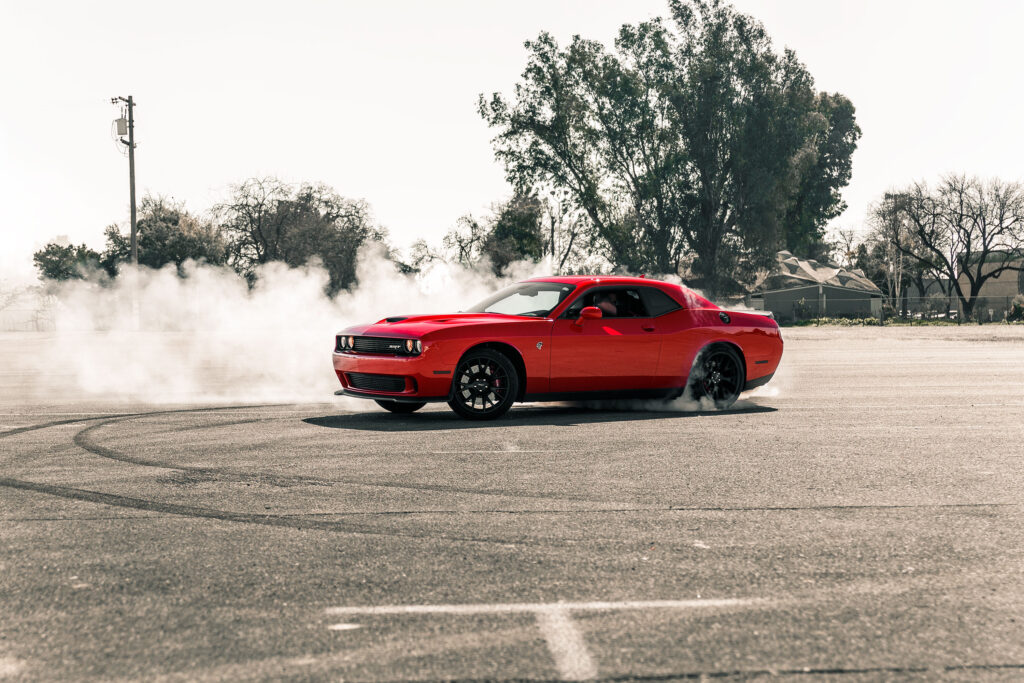
Driving Conditions
Summer Tires
Summer tires are best suited for driving in warm and mild conditions. They excel in dry and wet weather, providing exceptional grip and traction. These tires perform well on hot pavement, offering better stability and control compared to all-season or winter tires. However, summer tires may lose their performance in cold temperatures, as the rubber compound hardens and decreases traction. It’s important to switch to a different tire type when driving in icy or snowy conditions.
Track Tires
Track tires are designed for use on racetracks, where driving conditions are completely different from regular road conditions. They are optimized for high-speed cornering and acceleration in dry conditions. Track tires may not perform well on regular roads, especially in wet or cold conditions. They are not recommended for daily commuting, as they lack the necessary features and technologies to ensure optimal performance and safety.
Performance
Summer Tires
Summer tires are known for their excellent performance in warm weather conditions. These tires offer superior handling, responsive steering, and enhanced grip. The combination of the softer compound, tread pattern, and tire construction allows summer tires to provide precise control, making them popular among driving enthusiasts. Additionally, summer tires are designed to maintain their performance even during long drives, thanks to their optimized heat dissipation capabilities.
Track Tires
When it comes to performance, track tires reign supreme on the racetrack. They are specifically engineered to deliver maximum grip, traction, and control at high speeds. The stiffer construction and softer compound allow track tires to provide exceptional acceleration, braking, and cornering performance. These tires are designed to withstand the extreme forces experienced during competitive racing, allowing drivers to push the limits of their vehicles. However, due to their specialized design and construction, track tires may not perform as well in everyday driving situations.
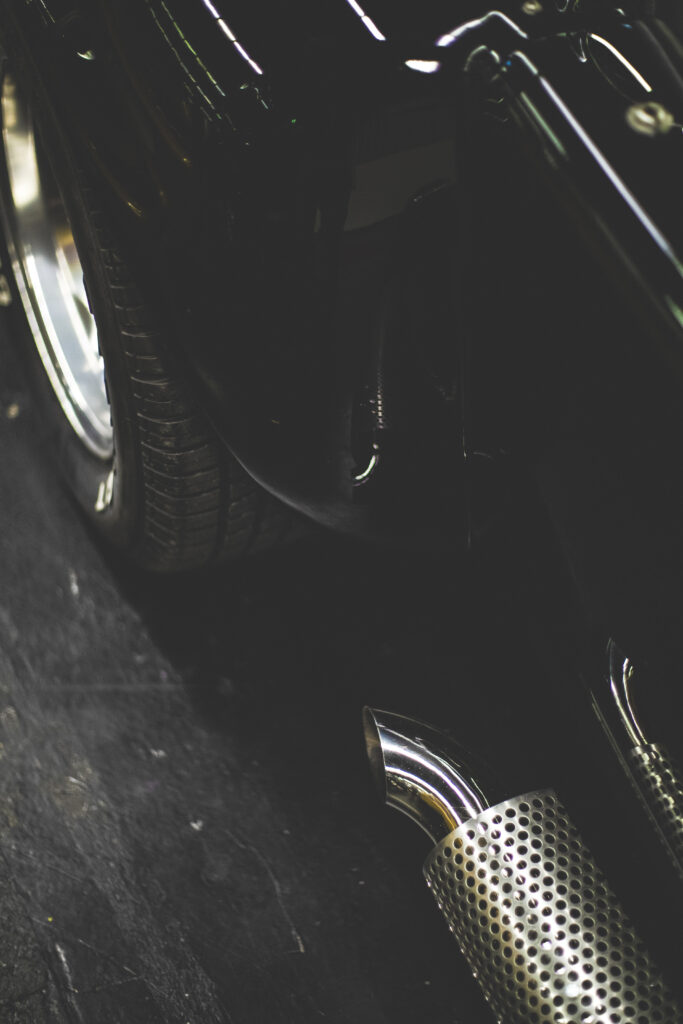
Grip Levels
Summer Tires
Summer tires offer excellent grip levels on both dry and wet surfaces. The combination of the tread pattern and tread compound ensures optimal traction and grip during acceleration, cornering, and braking. Summer tires can provide confidence-inspiring grip, allowing drivers to maneuver their vehicles with precision and control. However, it’s important to note that grip levels may vary depending on the specific brand, model, and condition of the tires.
Track Tires
Track tires are specifically designed to deliver the highest possible grip levels on dry racetracks. These tires provide exceptional traction and grip during high-speed cornering, allowing drivers to take turns at higher speeds without losing control. The specialized compound and construction of track tires work together to maximize the tire’s contact patch with the road, ensuring optimal grip and stability. However, it’s important to remember that track tires may not perform as well in wet conditions due to their limited ability to disperse water.
Temperature Range
Summer Tires
Summer tires are engineered to perform optimally in a wide range of temperatures typically encountered during warmer months. These tires have a tread compound that remains pliable and grippy in the heat, ensuring consistent performance. The tread pattern and construction of summer tires also aid in effectively dissipating heat, preventing overheating and maintaining their performance during long drives. However, summer tires may not perform as well in colder temperatures, as their rubber compound can harden and decrease traction.
Track Tires
Track tires are specifically designed for high-performance driving on racetracks, where temperatures can rise significantly. These tires are engineered to withstand the extreme heat generated by intense braking and acceleration, ensuring consistent performance throughout the race. However, track tires may not perform as well in colder temperatures, as their specialized rubber compound may harden and decrease grip. Using track tires in cold conditions or exposing them to prolonged periods of suboptimal temperatures can lead to reduced performance and handling.
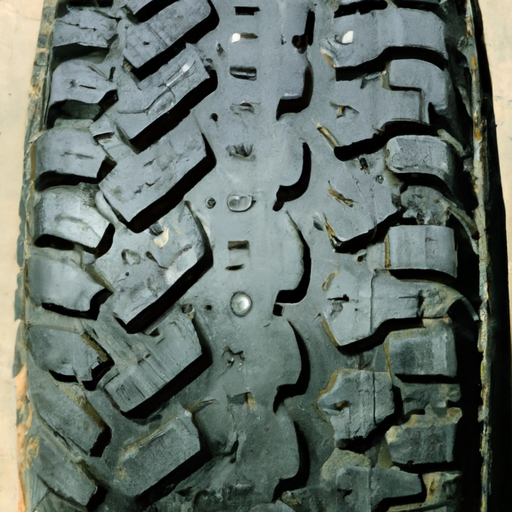
Wet Performance
Summer Tires
Summer tires are designed to provide good wet performance, thanks to their tread pattern and compound. The wider grooves and channels effectively evacuate water from the tire’s contact patch, reducing the risk of hydroplaning. The softer compound used in summer tires helps maintain grip on wet roads, offering better traction and stability. However, it’s important to exercise caution and adjust driving habits when driving on wet surfaces, as even summer tires have their limits when it comes to handling wet conditions.
Track Tires
Track tires are not specifically designed for wet performance and may not perform as well in wet conditions. The reduced number of grooves and channels in the tread pattern of track tires limits their ability to effectively disperse water, increasing the risk of hydroplaning. It’s important to avoid using track tires in wet conditions, as their specialized construction and compound prioritize maximized dry grip and performance.
Durability
Summer Tires
Summer tires generally provide good durability, depending on driving habits and road conditions. The softer rubber compound used in summer tires may wear out faster compared to other tire types, especially when exposed to aggressive driving or hot temperatures. However, with proper care and maintenance, summer tires can still provide a satisfactory lifespan.
Track Tires
Track tires are not designed for durability or long-lasting performance. The softer rubber compound used in track tires, combined with the extreme forces experienced on the racetrack, leads to accelerated wear. Track tires should only be used for their intended purpose, as using them on regular roads can lead to a significantly reduced lifespan. It’s important to have a separate set of tires for everyday driving to ensure safety and longevity.
